CBS News
Earthquakes death toll passes 16,000 as “critical” window for rescues closes

Gaziantep, Turkey — Rescuers pulled more survivors from beneath the rubble of collapsed buildings Thursday but hopes were starting to fade of finding many more people alive more than three days after catastrophic earthquakes and a series of aftershocks hit Turkey and Syria, killing more than 16,000.
Emergency crews working through the night in the city of Antakya were able to pull a young girl from the ruins of a building and rescue her father alive two hours later, news agency IHA reported.
As they prepared the man to be loaded into an ambulance, rescue crews told him that his daughter was alive and they were taking him to the same field hospital for treatment.
“I love you all,” he faintly whispered to the rescue team
In Diyarbakir, east of Antakya, rescuers freed an injured woman from a collapsed building in the early morning hours but found the three people next to her in the rubble dead, the DHA news agency reported.
But experts said the survival window for those trapped under the rubble or otherwise unable to obtain basic necessities was closing rapidly. At the same time, they said it was too soon to abandon hope.
“The first 72 hours are considered to be critical,” said Steven Godby, a natural hazards expert at Nottingham Trent University in England. “The survival ratio on average within 24 hours is 74%, after 72 hours it is 22% and by the fifth day it is 6%.”
Basir Gulum / Anadolu Agency via Getty Images
In addition to 12,873 people killed in Turkey, the country’s disaster management agency said more than 60,000 have been injured. On the Syrian side of the border, 3,162 have been reported dead and more than 5,000 injured, bringing the death toll in the two countries to 16,035.
Tens of thousands are thought to have lost their homes. In Antakya, former residents of a collapsed building huddled around an outdoor fire overnight into Thursday, wrapping blankets tightly around themselves to try and stay warm.
Serap Arslan said many people remained under the rubble of the nearby building, including her mother and brother. She said machinery only started to move some of the heavy concrete on Wednesday.
“We tried to clear it by our own means, but unfortunately we are very inadequately” prepared for the job, the 45-year-old said.
Selen Ekimen wiped tears from her face with gloved hands as she explained that both her parents and brother were still buried.
There’s been “no sound from them for days,” she said. “None.”
SUHAIB SALEM / REUTERS
President Recep Tayyip Erdogan was scheduled to travel Thursday to the quake-hit provinces of Gaziantep, Osmaniye and Kilis amid ongoing criticism that the government’s response has been too slow.
According to the disaster management agency, more than 110,000 rescue personnel were now taking part in the effort and more than 5,500 vehicles, including tractors, cranes, bulldozers and excavators had been shipped.
The task is monumental, however, with thousands of buildings toppled by the earthquake.
Erdogan, who faces a tough battle for reelection in May, acknowledged problems with the emergency response to Monday’s 7.8-magnitude quake, but said the winter weather had been a factor. The earthquake also destroyed the runway at Hatay’s airport, further disrupting the response.
“It is not possible to be prepared for such a disaster,” Erdogan said. “We will not leave any of our citizens uncared for.” He also hit back at critics, saying “dishonorable people” were spreading “lies and slander” about the government’s actions.
Turkish authorities also said they were targeting disinformation, and the internet monitoring group NetBlocks said Wednesday that access to Twitter in Turkey had been restricted, despite it being used by survivors to alert rescuers. However, Twitter CEO Elon Musk tweeted Wednesday night that “Twitter has been informed by the Turkish government that access will be reenabled shortly.”
And NetBlocks tweeted Thursday that “access to Twitter is being restored in #Turkey following hours of filtering. The restoration comes after authorities held a meeting with Twitter to “remind Twitter of its obligations” on content takedowns and disinformation.”
SUHAIB SALEM / REUTERS
The disaster comes at a sensitive time for Erdogan, who faces an economic downturn and high inflation. Perceptions that his government mismanaged the crisis could hurt his standing. He said the government would distribute 10,000 Turkish lira ($532) to affected families.
Teams from more than two dozen countries have joined the local emergency personnel in the effort. But the scale of destruction from the quake and its powerful aftershocks was so immense and spread over such a wide area that many people were still awaiting help.
The region was already beset by more than a decade of civil war in Syria. Millions have been displaced within Syria itself, and millions more have sought refuge in Turkey.
In Syria, aid efforts have been hampered by the ongoing war and the isolation of the rebel-held region along the border, which is surrounded by Russia-backed government forces. Syria itself is an international pariah under Western sanctions linked to the war.
The earthquake’s toll has already outstripped that of a 7.8-magnitude quake in Nepal in 2015, when 8,800 died. A 2011 earthquake in Japan triggered a tsunami, killing nearly 20,000 people.
CBS News
Satellite images show damage from Israeli attack at 2 secretive Iranian military bases

An Israeli attack on Iran damaged facilities at a secretive military base southeast of the Iranian capital that experts in the past have linked to Tehran’s onetime nuclear weapons program and at another base tied to its ballistic missile program, satellite photos analyzed Sunday by The Associated Press show.
Some of the buildings damaged sat in Iran’s Parchin military base, where the International Atomic Energy Agency suspects Iran in the past conducted tests of high explosives that could trigger a nuclear weapon. Iran long has insisted its nuclear program is peaceful, though the IAEA, Western intelligence agencies and others say Tehran had an active weapons program up until 2003.
The other damage could be seen at the nearby Khojir military base, which analysts believe hides an underground tunnel system and missile production sites.
Israel launched a series of strikes on Iranian military facilities in retaliation for the barrage of ballistic missiles the Islamic republic fired on Israel earlier this month.
Planet Labs PBC / AP
Iran’s military has not acknowledged damage at either Khojir or Parchin from Israel’s attack early Saturday, though it has said the assault killed four Iranian soldiers working in the country’s air defense systems.
Iran’s mission to the United Nations did not immediately respond to a request for comment, nor did the Israeli military.
However, Iranian Supreme Leader Ayatollah Ali Khamenei on Sunday told an audience that the Israeli attack “should not be exaggerated nor downplayed,” while stopping short of calling for an immediate retaliatory strike. Israeli Prime Minister Benjamin Netanyahu said Sunday that the strikes “severely harmed” Iran and achieved all of Israel’s goals.
“The air force struck throughout Iran. We severely harmed Iran’s defense capabilities and its ability to produce missiles that are aimed toward us,” Netanyahu said in his first public comments on the strikes.
It remains unclear how many sites in total were targeted in the Israeli attack. There have been no images of damage so far released by Iran’s military.
Planet Labs PBC / AP
Iranian officials have identified affected areas as being in Ilam, Khuzestan and Tehran provinces. Burned fields could be seen in satellite images from Planet Labs PBC around Iran’s Tange Bijar natural gas production site in Ilam province on Saturday, though it wasn’t immediately clear if it was related to the attack. Ilam province sits on the Iran-Iraq border in western Iran.
The most telling damage could be seen in Planet Labs images of Parchin, some 40 kilometers (25 miles) southeast of downtown Tehran near the Mamalu Dam. There, one structure appeared to be totally destroyed while others looked damaged in the attack.
At Khojir, some 20 kilometers (12 miles) away from downtown Tehran, damage could be seen on at least two structures in satellite images.
Analysts including Decker Eveleth at the Virginia-based think tank CNA, Joe Truzman at the Washington-based Foundation for Defense of Democracies and former United Nations weapon inspector David Albright, as well as other open-source experts, first identified the damage to the bases. The locations of the two bases correspond to videos obtained by the AP showing Iranian air defense systems firing in the vicinity early Saturday.
At Parchin, Albright’s Institute for Science and International Security identified the destroyed building against a mountainside as “Taleghan 2.” It said an archive of Iranian nuclear data earlier seized by Israel identified the building as housing “a smaller, elongated high explosive chamber and a flash X-ray system to examine small-scale high explosive tests.”
“Such tests may have included high explosives compressing a core of natural uranium, simulating the initiation of a nuclear explosive,” a 2018 report by the institute says.
Planet Labs PBC / AP
In a message posted to the social platform X early Sunday, the institute added: “It is not certain whether Iran used uranium at ‘Taleghan 2,’ but it is possible it studied the compression of natural uranium hemispheres, which would explain its hasty and secretive renovation efforts following the IAEA’s request to access Parchin in 2011.”
It’s unclear what, if any, equipment would have been inside of the “Taleghan 2” building early Saturday. There were no Israeli strikes on Iran’s oil industry, nor its nuclear enrichment sites or its nuclear power plant at Bushehr during the assault.
Rafael Mariano Grossi, who leads the IAEA, confirmed that on X, saying “Iran’s nuclear facilities have not been impacted.”
“Inspectors are safe and continue their vital work,” he added. “I call for prudence and restraint from actions that could jeopardize the safety & security of nuclear & other radioactive materials.”
Other buildings destroyed at Khojir and Parchin likely included a warehouse and other buildings where Iran used industrial mixers to create the solid fuel needed for its extensive ballistic missile arsenal, Eveleth said.
In a statement issued immediately after the attack Saturday, the Israeli military said it targeted “missile manufacturing facilities used to produce the missiles that Iran fired at the state of Israel over the last year.”
Destroying such sites could greatly disrupt Iran’s ability to manufacture new ballistic missiles to replenish its arsenal after the two attacks on Israel. Iran’s paramilitary Revolutionary Guard, which oversees the country’s ballistic missile program, has been silent since Saturday’s attack.
Iran’s overall ballistic missile arsenal, which includes shorter-range missiles unable to reach Israel, was estimated to be “over 3,000” by Gen. Kenneth McKenzie, then-commander of the U.S. military’s Central Command, in testimony to the U.S. Senate in 2022. In the time since, Iran has fired hundreds of missiles in a series of attacks.
There have been no videos or photos posted to social media of missile parts or damage in civilian neighborhoods following the recent attack – suggesting that the Israeli strikes were far more accurate than Iran’s ballistic missile barrages targeting Israel in April and October. Israel relied on aircraft-fired missiles during its attack.
However, one factory appeared to have been hit in Shamsabad Industrial City, just south of Tehran near Imam Khomeini International Airport, the country’s main gateway to the outside world. Online videos of the damaged building corresponded to an address for a firm known as TIECO, which advertises itself as building advanced machinery used in Iran’s oil and gas industry.
Officials at TIECO requested the AP write the company a letter before responding to questions. The firm did not immediately reply to a letter sent to it.
CBS News
Here Comes the Sun: Will Ferrell, Harper Steele and more

Watch CBS News
Be the first to know
Get browser notifications for breaking news, live events, and exclusive reporting.
CBS News
The Strange Shooting of Alex Pennig

Watch CBS News
Be the first to know
Get browser notifications for breaking news, live events, and exclusive reporting.



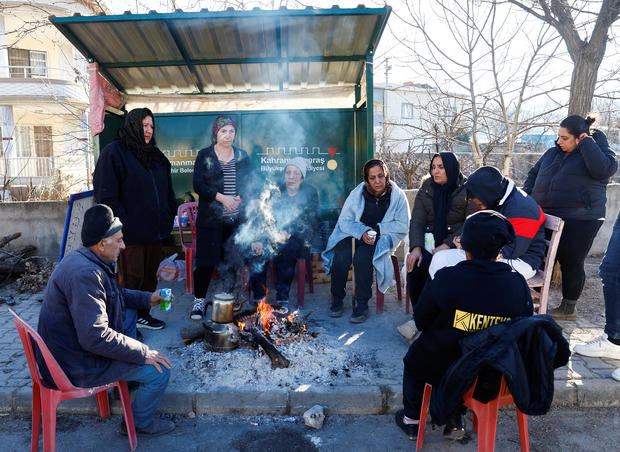
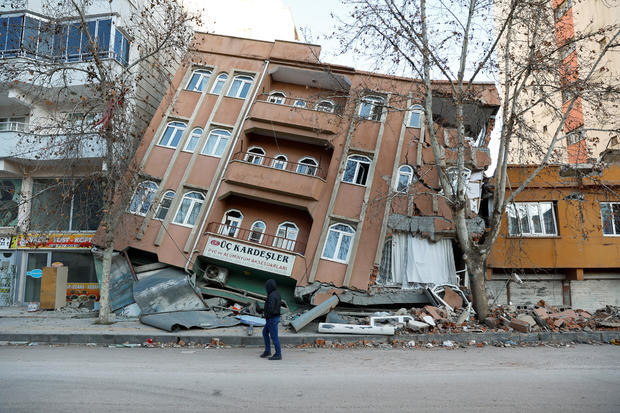


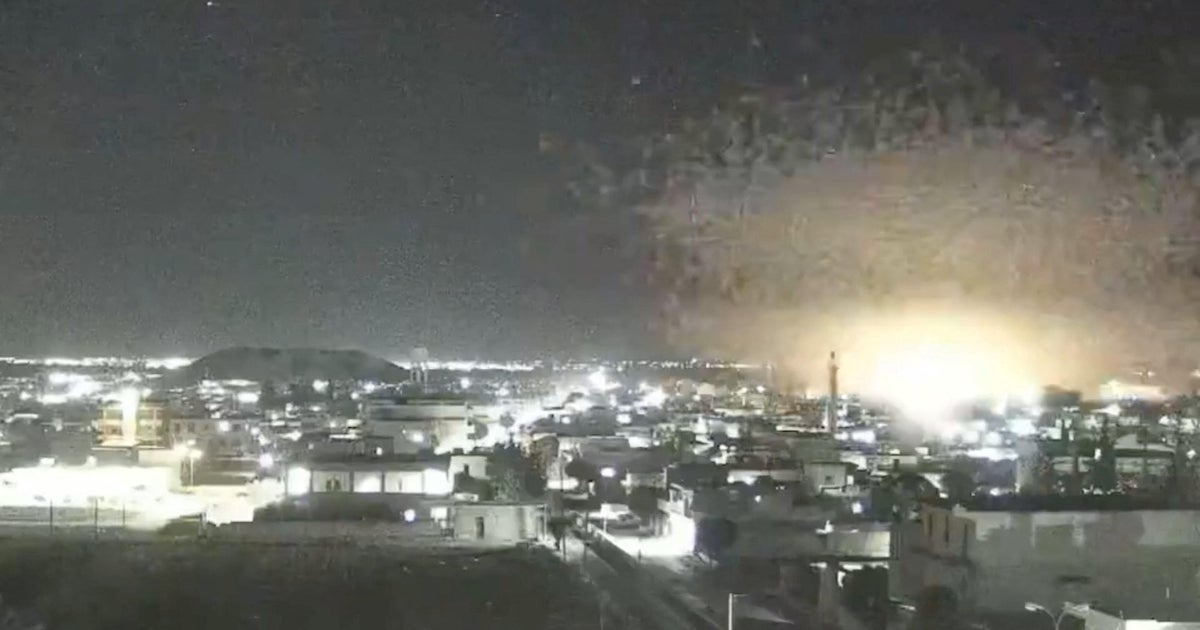
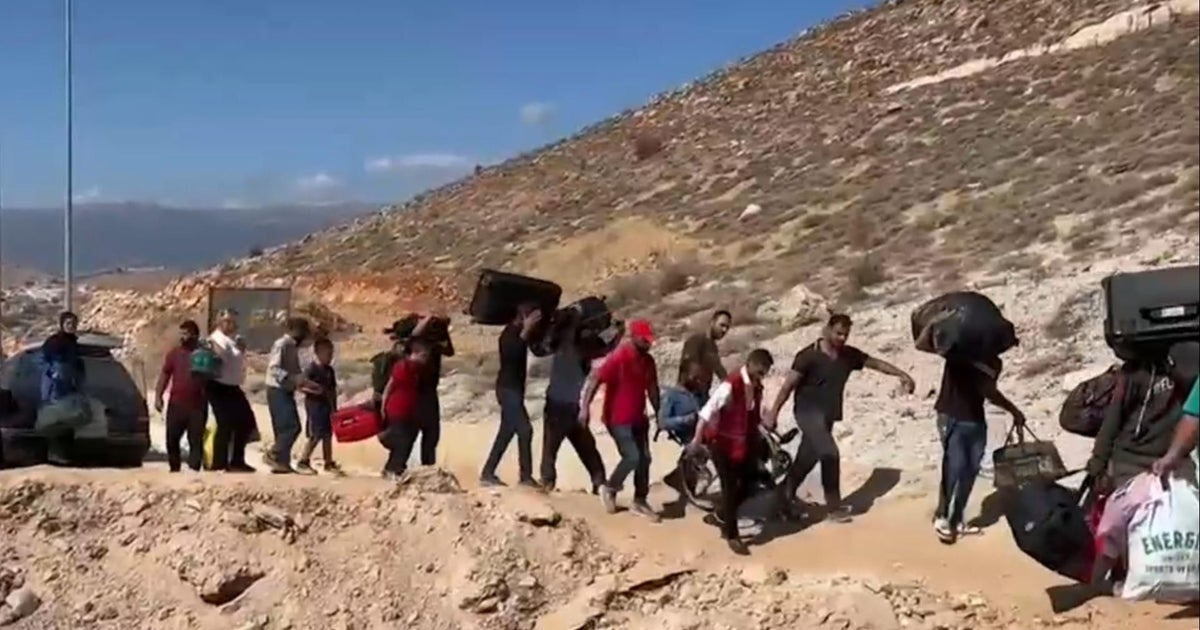


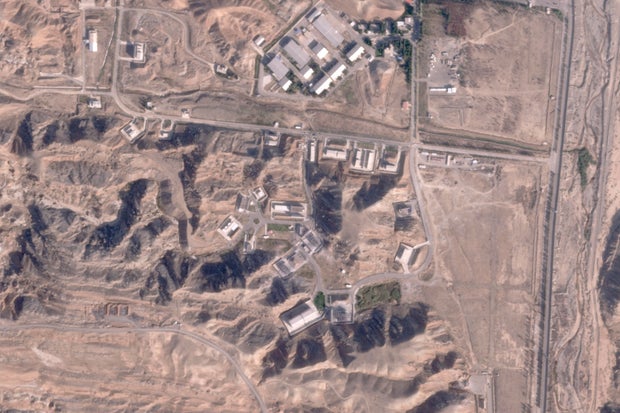
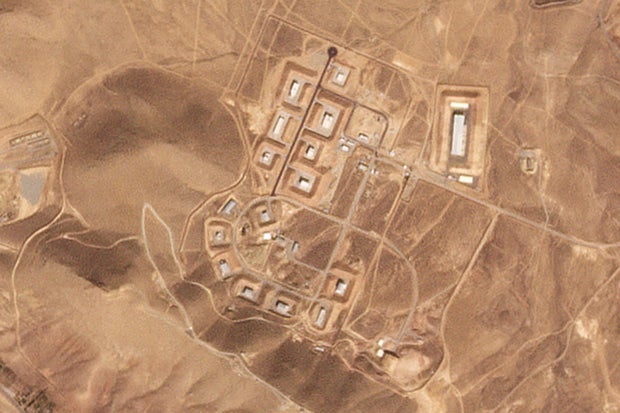

GIPHY App Key not set. Please check settings